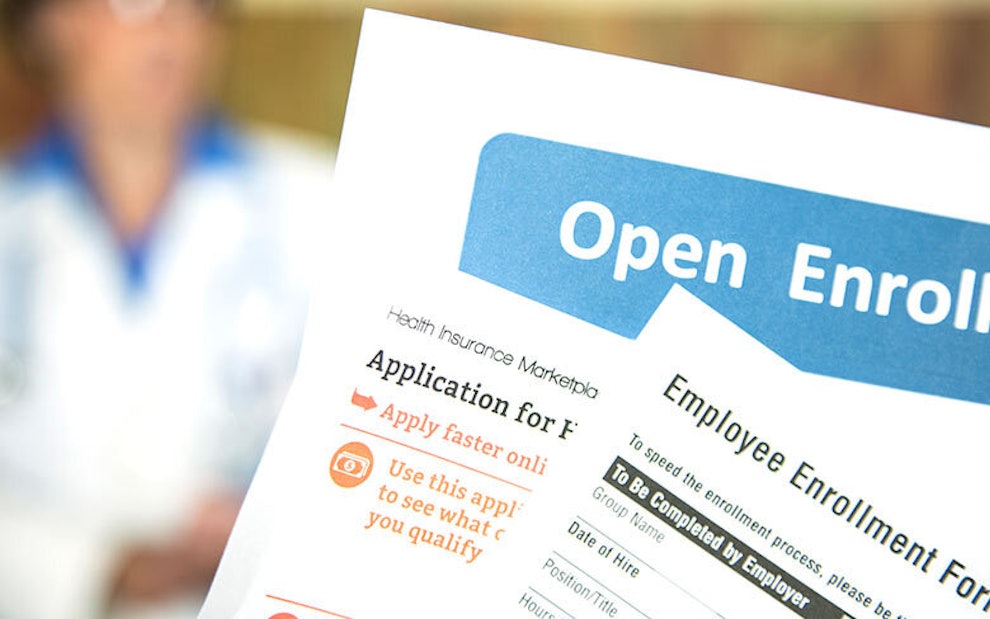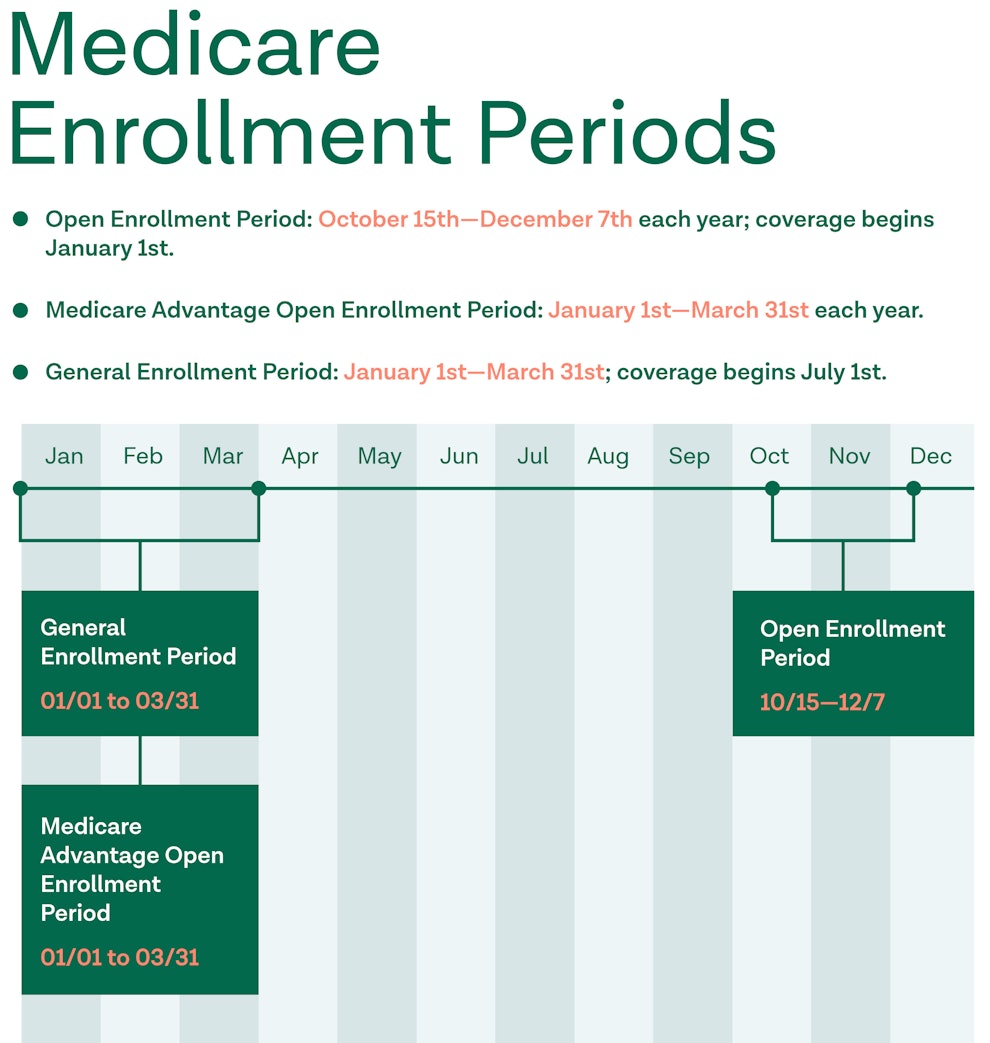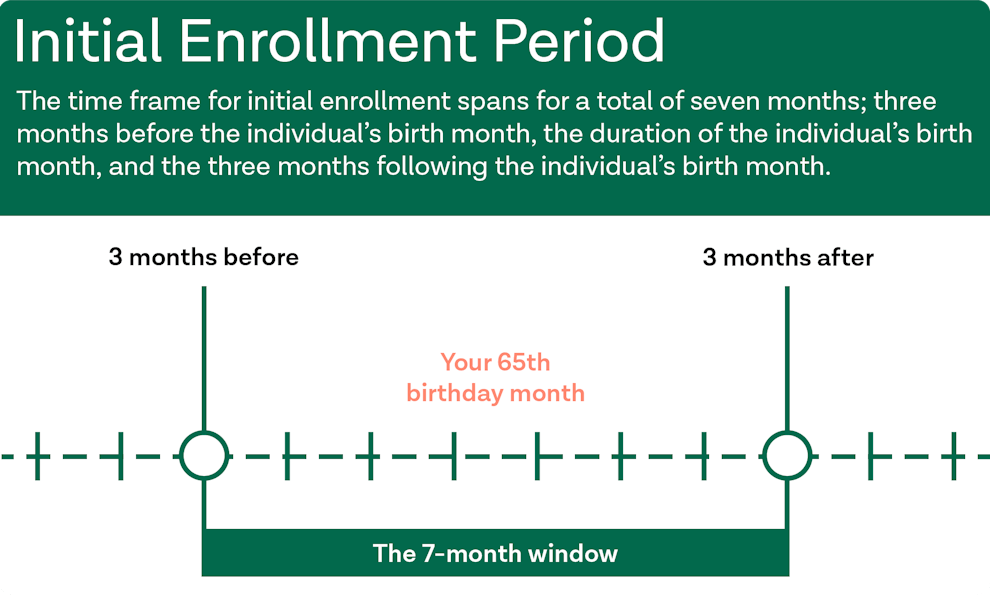Medicare vs. Medicare Advantage: The Differences Explained
Article at a glance
It’s essential for patients to understand the basics of Original Medicare and Medicare Advantage plans. The basics include what Medicare is, who is eligible for each program, and when the enrollment periods are for each plan.
Medicare is divided into three main parts: Part A (hospital coverage), Part B (medical insurance), and Part D (prescription drug coverage).
Cost is a huge variable when it comes to considering health insurance.

When it comes to finding Medicare coverage that’s right for you, there are many different aspects to consider. Original Medicare and Medicare Advantage (MA) plans differ in many ways, including their enrollment periods, what they cover, how much they cost, and more. The main difference between Original Medicare and Medicare Advantage plans is how they are funded. Traditional Medicare is funded by the Federal Government meanwhile MA plans are funded through private health insurance companies.
Read on to discover the differences between these Medicare plans and the health insurance coverage they provide.
Understanding Eligibility
Original Medicare Eligibility
Original Medicare is a health insurance plan provided by the federal government to those 65 years and older, younger people with disabilities, and those with End-Stage Renal Disease (ESRD). Standard Medicare plans come with Part A (hospital insurance) and Part B (medical insurance).
Part A Eligibility:
Premium-Free Coverage: Those 65 years and older who have worked and paid for Medicare taxes for at least ten years are eligible for premium-free Part A coverage. Younger adults who were entitled to Social Security or Railroad Retirement Board disability for 24 months or are suffering from ESRD are also eligible for premium-free Part A coverage.
Paid Coverage: If you or your spouse are 65 or older and are citizens of the United States but did not pay for Medicare taxes while working, you might be able to purchase Part A coverage.
Part B Eligibility:
If a patient wants Part B coverage, they must pay for it through a monthly premium that is deducted from their Social Security, Railroad Retirement, or Civil Service Retirement check. In cases where patients receive none of the payments listed above, Medicare will send a bill for the Part B premium every three months.
Note: To learn more about your eligibility and receive a premium claim, visit this source.
Medicare Advantage Eligibility
Those who are eligible or are already receiving coverage through Original Medicare are also available to enroll in a Medicare Advantage (MA) plan. These plans are also known as Medicare Part C or MA plans, and they are provided through private insurance companies that the federal government partially funds.

Understanding Enrollment

Original Medicare Enrollment Periods
There are three enrollment options when it comes to a standard Medicare plan, and they are known as initial enrollment, general enrollment, and special enrollment.
Initial Enrollment Period (IEP): The enrollment period for a standard Medicare plan lasts seven months: three months before your 65th birthday, the month you turn 65, and the three months after the month of your 65th birthday. If you are already claiming Social Security, Medicare enrollment should be automatic. However, if you are not claiming Social Security, you may have to sign up for Medicare. It’s important to note that all patients must sign up for Part B if they want it. If a patient is interested in Part B coverage, it’s best to sign up for Part B during their initial enrollment period to avoid extra penalty fees. To sign up for a Medicare insurance plan or learn more about enrollment, visit this source.
General Enrollment Period (GEP): If a patient misses their initial enrollment period, Medicare also offers patients a general enrollment period from January 1st to March 31st. Coverage for this enrollment period begins on July 1st.
Note: To learn more about enrollment periods, including information on special enrollment, visit this source.
Medicare Advantage Enrollment Periods
Enrollment periods for Medicare Advantage plans are similar to those for Original Medicare. The MA enrollment periods include initial enrollment, general enrollment, and fall open enrollment.
Initial Enrollment Period: When a patient’s IEP is enacted for Original Medicare, they can also sign up for Medicare Part C.
General Enrollment Period: General enrollment for Original Medicare is January 1st — March 31st; meanwhile, general enrollment for MA is April 1st — June 31st. The general enrollment period should be used to register new patients for Medicare plans.
Fall Open Enrollment Period: From October 15th through December 7th, patients have the option to change their Medicare coverage plan. During this time, they can switch to a different MA plan (HMO, PPO, SNP, etc.) or switch from Original Medicare to an MA plan. The fall enrollment period should only be used to make changes to Medicare plans.

Understanding Coverage
Coverage for Health Services
When it comes to coverage, Original Medicare and Medicare Advantage provide different options. Medicare as a whole is broken down into three main parts: Part A (hospital coverage), Part B (medical coverage), and Part D (prescription drug coverage). Original Medicare provides coverage through Parts A and B with an option to add Part D. Many Medicare Advantage plans provide Part A, Part B, and Part D coverage in addition to other benefits such as coverage for dental, vision, and hearing. Due to the bundled coverage that Medicare Advantage plans offer, it is often called “Medicare Part C” and is classified as Medicare supplement insurance.
When patients select a Medicare Advantage plan, they must also decide on a plan type. Plan types include Health Maintenance Organization plans (HMO), Preferred Provider Organization plans (PPO), Special Needs Plans (SNP), and more. Each plan type has different requirements and provides unique coverage options. To learn more about Medicare Advantage plan types, visit this source.
Note: To learn more about Medicare as a whole, visit this source.
Prescription Drug Coverage
When it comes to Original Medicare, Part D (prescription drug coverage) is not included. If patients wish to have coverage for their prescription drugs, they can purchase a Part D prescription drug plan separately. Most Medicare Advantage plans include Part D coverage and other health benefits such as dental, vision, and hearing coverage.

Coverage for Providers
With Original Medicare, patients can visit any provider in the United States that accepts Medicare insurance.
Medicare Advantage plans may have more requirements when it comes to providers because different plan types correspond to specific networks. The two most popular Medicare Advantage plan types are HMO and PPO plans. HMO plans require their clients to have an appointed primary care provider (PCP) and that other medical services are handled in-network. PPO plans do not require clients to have a PCP or to remain in-network for care; however, receiving out-of-network care may be more expensive. To learn more about your provider network and what’s covered within your Medicare Advantage plan, contact an agent from your insurance company.
Understanding Cost
When it comes to cost, Original Medicare and Medicare Advantage plans differ because they are provided through different mediums. Original Medicare is provided and covered by the federal government; meanwhile, Medicare Advantage plans are issued by private insurance companies.
When thinking about out-of-pocket costs, patients must consider monthly premiums, deductibles, copayments, and coinsurance rates.
Original Medicare Costs
With Original Medicare plans, there is no premium for Part A coverage if the patient is an American citizen that has worked and paid for Medicare taxes for ten years. However, there are ways to purchase Part A coverage if these standards don’t apply, in which case the monthly premium can be anywhere from $259-$471 a month. When it comes to Part B, most patients pay a monthly premium that is estimated to be at $148.50 or higher, depending on the patient’s income. If a patient qualifies for Medicaid, they may not be required to pay the Part B premium.
Note: To learn more about the cost of monthly premiums, deductibles, copayments, and coinsurance rates regarding Original Medicare, visit this source.
Medicare Advantage Costs
When it comes to Part A and Part B, Medicare Advantage has their patients covered; not to mention, most plans include Part D coverage and additional benefits. Medicare Advantage premiums range from $0 to undefined amounts, depending on the type of plan a patient chooses and the company their plan is provided through. If struggling to understand the costs associated with your Medicare Advantage plan, it’s essential to speak with your insurance provider.
Note: Oak Street Health has providers available to discuss insurance benefits with their patients.
Understanding Additional Benefits
It’s common for Medicare Advantage plans to include additional benefits such as dental, hearing, and vision coverage. At times, MA plans may provide benefits such as reduced gym memberships and transportation assistance as well. To learn more about the additional benefits included in your insurance plan, contact your insurance provider.
Understanding Supplemental Insurance Coverage
If a patient has Original Medicare, then they can gain supplemental insurance through a Medigap plan or Medicaid if they’re eligible. A common Medicare supplement is Medigap, also known as MedSupp, and it helps fill Original Medicare coverage gaps for an added monthly premium cost. If a patient is eligible for Medicaid, they can use it as supplemental insurance in tandem with their Medicare policy; this is known as a “dual eligible” insurance program.
Patients cannot use supplemental coverage in addition to a Medicare Advantage plan as it is commonly considered to be a supplemental coverage plan itself. Most Medicare Advantage plans cover the gaps of what Original Medicare offers, which is why it is frequently called Medicare ‘Part C’. For example, Medicare Advantage plans provide prescription drug coverage while Original Medicare does not.
Sources
https://www.medicare.gov/what-medicare-covers/your-medicare-coverage-choices/whats-medicare
https://www.medicare.gov/sign-up-change-plans/get-started-with-medicare
https://www.hhs.gov/answers/medicare-and-medicaid/who-is-elibible-for-medicare/index.html
https://www.medicare.gov/sign-up-change-plans/how-do-i-get-parts-a‑b/part-a-part-b-sign-up-periods
https://www.medicare.gov/blog/medicare-enrollment-period-2020
https://wa-medicare.kaiserpermanente.org/medicare-vs-medicare-advantage
https://www.medicare.gov/your-medicare-costs/costs-for-medicare-advantage-plans
https://www.medicare.gov/your-medicare-costs/medicare-costs-at-a-glance
https://www.medicarerights.org/fliers/Medicare-Advantage/Differences-Between-OM-and-MA.pdf?nrd=1
https://www.medicare.gov/Pubs/pdf/12026-Understanding-Medicare-Advantage-Plans.pdf
Become a patient
Experience the Oak Street Health difference, and see what it’s like to be treated by a care team who are experts at caring for older adults.



